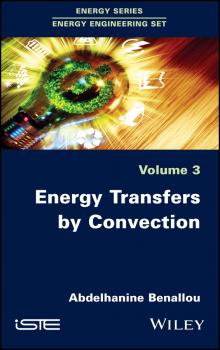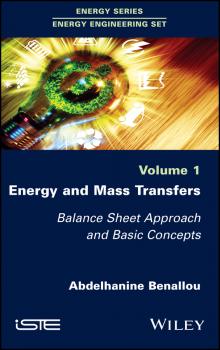Abdelhanine Benallou
Список книг автора Abdelhanine BenallouEnergy Transfers by Convection
Whether in a solar thermal power plant or at the heart of a nuclear reactor, convection is an important mode of energy transfer. This mode is unique; it obeys specific rules and correlations that constitute one of the bases of equipment-sizing equations. In addition to standard aspects of convention, this book examines transfers at very high temperatures where, in order to ensure the efficient transfer of energy for industrial applications, it is becoming necessary to use particular heat carriers, such as molten salts, liquid metals or nanofluids. With modern technologies, these situations are becoming more frequent, requiring appropriate consideration in design calculations. Energy Transfers by Convection also studies the sizing of electronic heat sinks used to ensure the dissipation of heat and thus the optimal operation of circuit boards used in telecommunications, audio equipment, avionics and computers.
Energy Transfers by Conduction
While the topic of heat and mass transfer is an old subject, the way the book introduces the concepts, linking them strongly to the real world and to the present concerns, is particular. The scope of the different developments keeps in mind a practical energy engineering view.
Energy and Mass Transfers. Balance Sheet Approach and Basic Concepts
This is the first book of a series aiming at setting the basics for energy engineering. This book presents the fundamentals of heat and mass transfer with a step-by-step approach, based on material and energy balances. While the topic of heat and mass transfer is an old subject, the way the book introduces the concepts, linking them strongly to the real world and to the present concerns, is particular. The scope of the different developments keeps in mind a practical energy engineering view.


